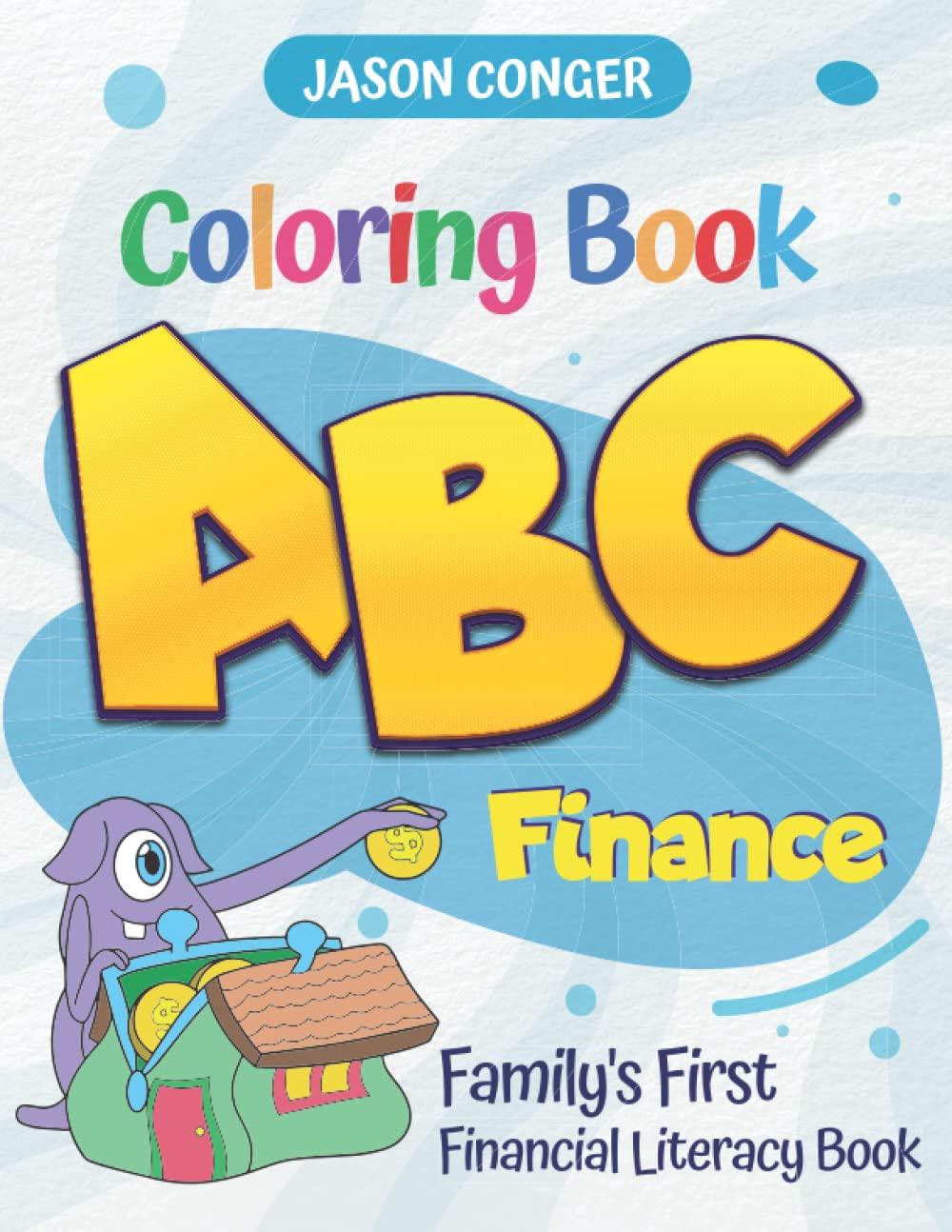Question
1- You are considering investing $1,000 in a T-bill that pays 0.05 and a risky portfolio, P, constructed with two risky securities, X and Y.
1- You are considering investing $1,000 in a T-bill that pays 0.05 and a risky portfolio, P, constructed with two risky securities, X and Y. The weights of X and Y in P are 0.60 and 0.40, respectively. X has an expected rate of return of 0.14 and variance of 0.01, and Y has an expected rate of return of 0.10 and a variance of 0.0081. The dollar value of your positions in X, Y, and the T-bills, respectively, if you decide to hold a portfolio that has an expected outcome of $1,120, is $108; $514; $378. True or False
2-In a return-standard deviation space, which of the following statements is(are) true for risk-averse investors?
- I) An investor's own indifference curves might intersect.
- II) Indifference curves have negative slopes.
- III) In a set of indifference curves, the highest offers the greatest utility.
- IV) Indifference curves of two investors might intersect.
3- You manage a risky portfolio with an expected rate of return of 17% and a standard deviation of 37%. The T-bill rate is 5%. Your client chooses to invest 80% of a portfolio in your fund and 20% in a T-bill money market fund. Based on that, your client's Sharp ratio is around 32%. True or False
4- A reward-to-volatility ratio is useful in measuring the standard deviation per unit of expected returns.
True
False
Step by Step Solution
There are 3 Steps involved in it
Step: 1

Get Instant Access to Expert-Tailored Solutions
See step-by-step solutions with expert insights and AI powered tools for academic success
Step: 2

Step: 3

Ace Your Homework with AI
Get the answers you need in no time with our AI-driven, step-by-step assistance
Get Started


